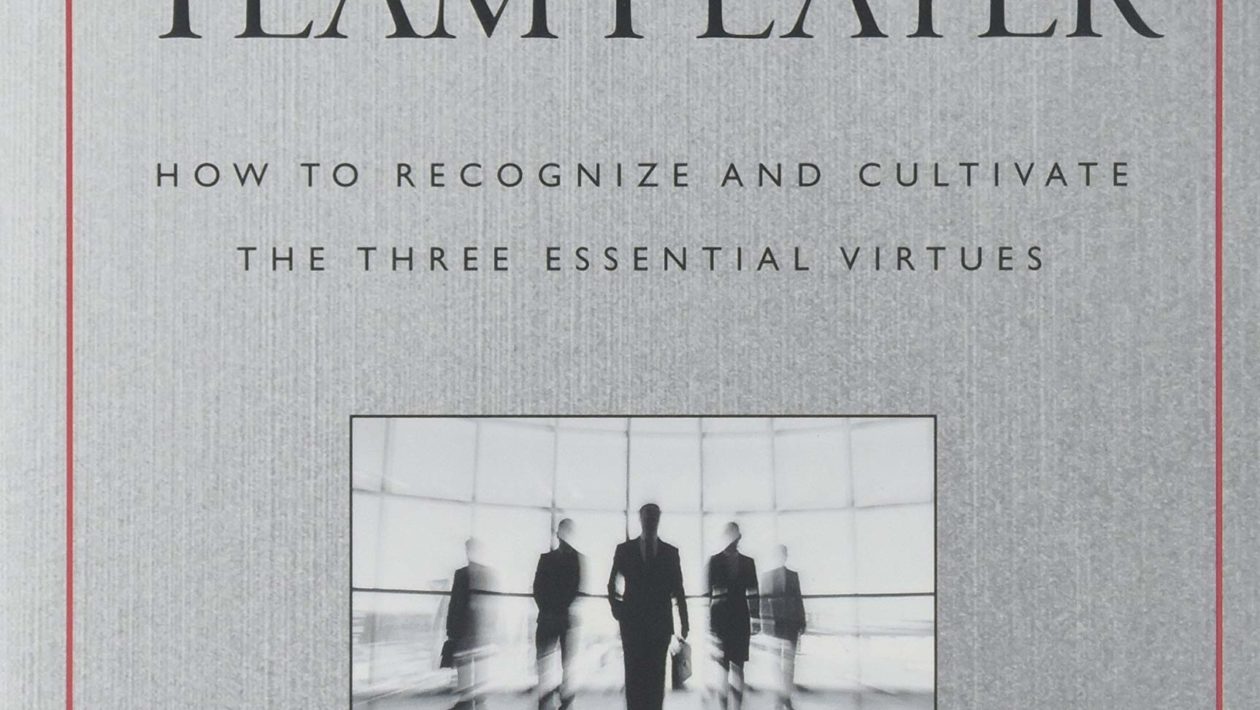By Patrick M. Lencioni
Hoboken, NJ: Jossey-Bass (2016)
Kindle Edition, 219 pages
Reviewed by DAVID K. PENNO
Those who are familiar with Patrick Lencioni’s previous book, The Five Dysfunctions of a Team (2002), will notice a similar structure in his new book The Ideal Team Player. Both begin with a leadership fable that illustrates the model that is described and discussed in the latter part of the book. The main thesis in this latest book is that there are three virtues that characterize a strong and effective team player. A team member must have a significant degree of all three virtues in order to be a positive contributor, and not a detriment to the team.
According to Lencioni, the ideal team player is humble, hungry, and smart. Being humble involves a lack of ego-centrism, where the good of the team has priority over personal desire or ambition. Hungry means that the team member is self-motivated, eager to work, and passionate about the success of the team’s mission. Being smart is not about intellectual capacity, but is about interpersonal competency. The author likens it to a simpler form of emotional intelligence. Smartness is about being appropriate and aware in social situations, and includes the ability to “ask good questions, listen to what others are saying, and stay engaged in conversations intently” (p. 160).
Similar to Jim Collin’s idea of getting the right people on the bus, Lencioni urges that teams should be composed of persons who are strong in all three virtues. Of course, this is an ideal, which is not always possible, but the team leader should seek to develop those who are weak in one or more virtue. The three virtues are not new to those who study leadership, but the key idea in Lencioni’s model is that a good team player must have all three virtues to be effective, and leaders must persistently move team members in this direction, or separate them from the team.
The author describes the weakness and problems of those who have none, only one, or just two of the virtues (pp. 166–173). Leaders need the courage to confront those who are weakening or damaging the team, and must be persistent in moving team members to a healthier state. Lencioni is adamant that those who are weak in one or more virtues have three certainties: (a) improvement is not optional, (b) there will be a lot of support for improvement, and (c) choosing to leave the team is alright. He states that when the leaders are insistent that members grow in the virtues where they are not strong, they will either accept the challenge and improve, or they will leave. Only rarely will one endure constant accountability without change. In those cases, leaders must initiate the separation process.
There are four areas for applying the model, according to Lencioni. One is for hiring, using the interview as a time to ask questions that indicate the level of each of the virtues. Hiring decisions are then based on the answers to those questions. A second application is to use the model as a tool for assessing current employees, either by a manager, or via self-assessment. An instrument for the latter is provided. The third area for application is to develop employees who lack one or more of the virtues. Since the virtues are not innate, they can be taught and developed in individuals. Practical ways of developing the virtues are presented. The final application is to embed the model in the organization’s culture. This can only happen if the leaders are consistently committed to holding everyone accountable to demonstrating the virtues.
A final section of the book relates the model of the ideal team player to the five team dysfunctions described in Lencioni’s earlier book. He indicates how each of the virtues empowers team members to overcome the five dysfunctions.
The Ideal Team Player is a very good book for those who lead or manage teams in an organization. Combined with the book on team dysfunctions, Lencioni has given the leadership community some very simple yet powerful ideas and models for how teams can be led and developed for high effectiveness and success.
I recommend this book to leaders at any level of organizational leadership, especially in those cultures where teamwork is valued over great man and hierarchical approaches to leadership. The book is easy to read, with chapters that are short and straightforward. In the leadership fable, the author uses some curse words in the dialog between the characters. This may be offensive to some. But overall Lencioni has provided another valuable resource for developing and empowering leaders.
David K. Penno, Ph.D., is an associate professor of Christian Ministry at the Seventh-day Adventist Theological Seminary, Andrews University, Berrien Springs, Michigan, USA.

